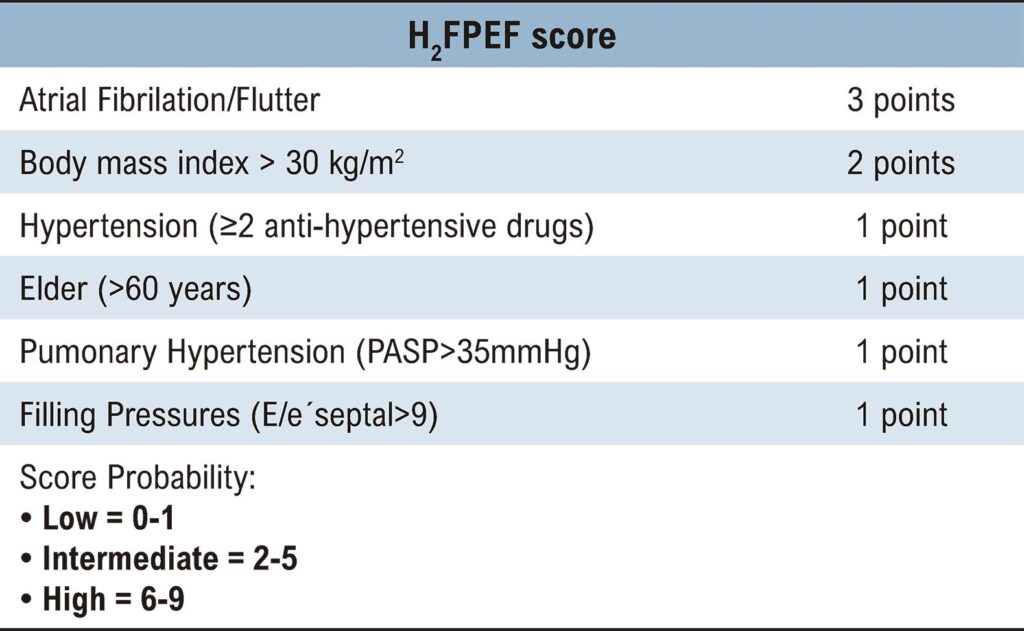Arq. Bras. Cardiol. 2024; 121(7): e20230845
Advancing the Diagnosis and Management of Heart Failure with Preserved Ejection Fraction: A Call for Exercise Hemodynamics
Introduction
Heart failure (HF) is a progressive medical condition that affects approximately 1-3% of adults, with a significant increase in prevalence in older age groups. More than half of HF patients have a left ventricular ejection fraction (LVEF) of ≥ 50%, known as heart failure with preserved ejection fraction (HFpEF). While the overall number of HF cases seems to be stable or even declining, the incidence of HFpEF continues to rise. HFpEF patients differ significantly from those with reduced ejection fraction regarding pathophysiology, diagnostic evaluation, and treatment. The idiosyncratic pathophysiological heterogeneity and multiorgan dysfunction in addition to diverse clinical presentation will require tailored approaches for this population.
Taking these aspects into account, a specialized unit catering to the HFpEF population was founded in October 2020 at the Instituto Dante Pazzanese de Cardiologia, a tertiary and quaternary public healthcare center located in São Paulo, Brazil. To date, this facility has successfully conducted over 5000 outpatient visits, predominantly for patients presenting dyspnea on exertion.
[…]
Keywords: Echocardiography; Heart failure; Heart Function Tests
1,609

